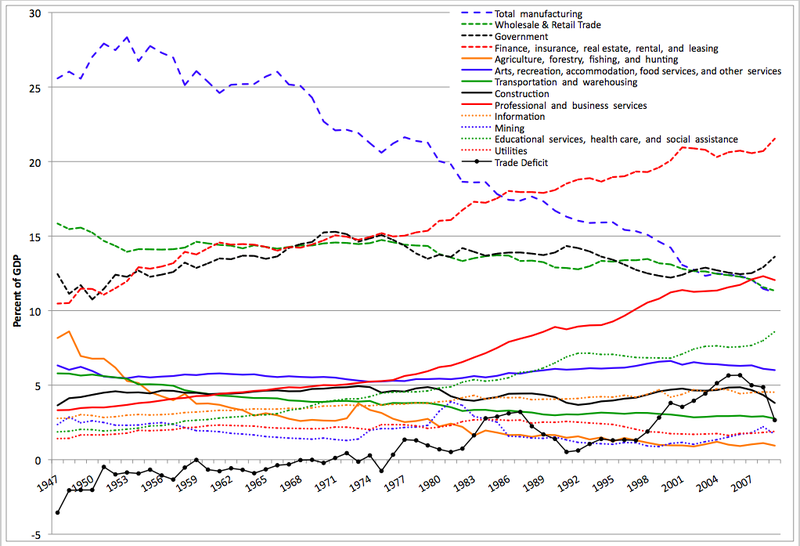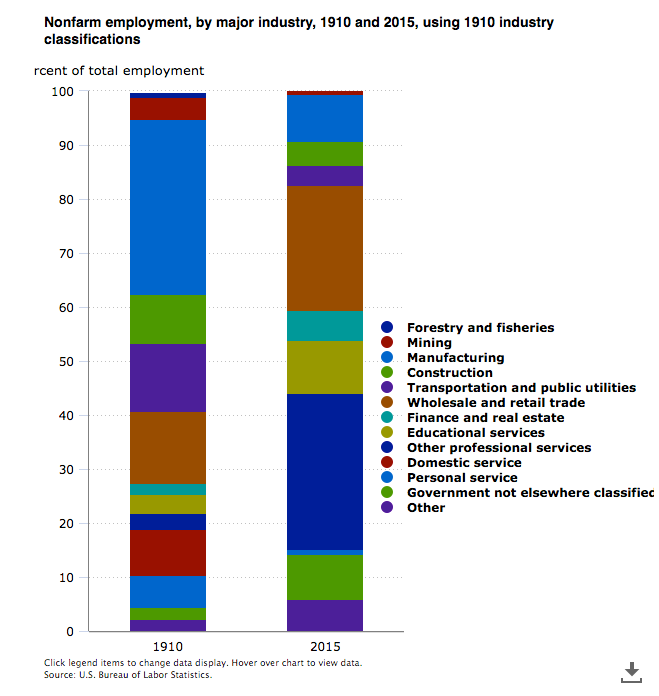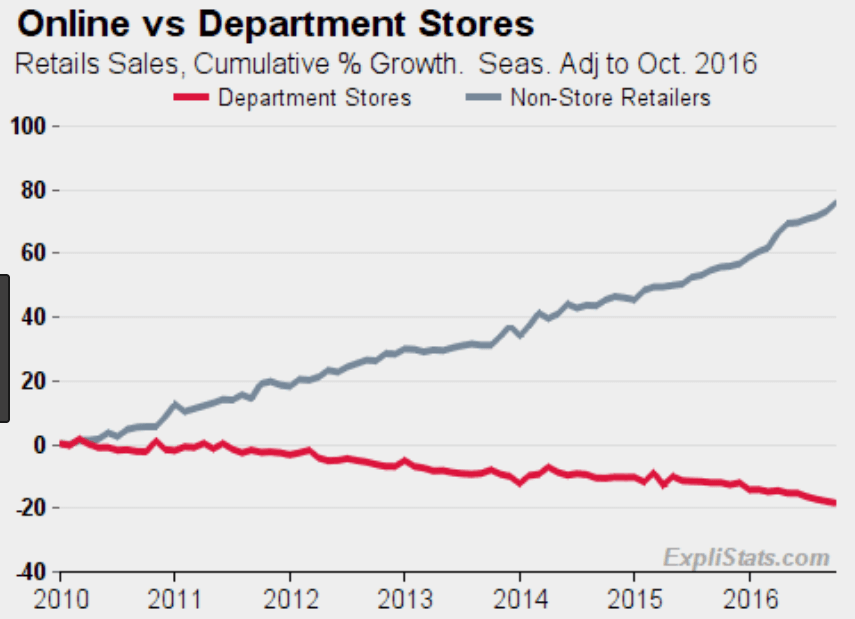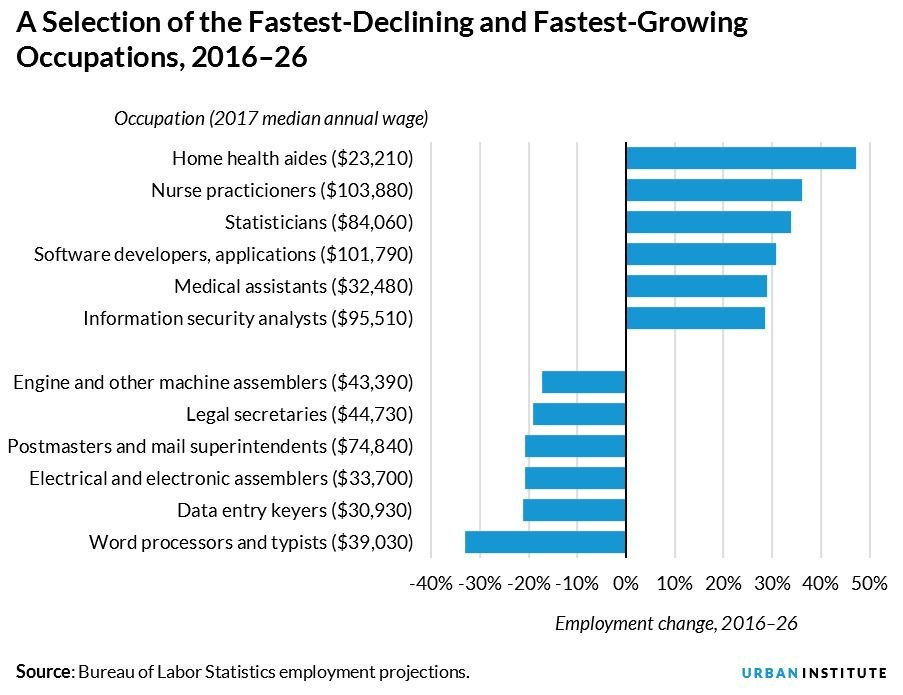When we hear that one industry is thriving and another struggling, what does that really mean? How can we work out the health of an industry? And how can we predict whether an industry is growing and about to boom, or about to disappear?
Historical analogy
Let’s look at some examples from history to get a frame of reference. Right now, cars are pretty ubiquitous. They’re everywhere — there are 1.42 billion cars in operation in the world, but they’re concentrated in the developed world where car ownership is often higher than one per household; it’s 1.88 per household in the USA, for example.
Yet, this is a pretty recent development. Cars used to be pretty terrible. Around the turn of the 20th century, most cars were slower than horses, expensive to buy and had no logistical support; there were no auto parts shops and no reservoir of cheap salvaged spares, off-brand swap-outs or second-hand substitutes. Even roads were poor-quality, often unsuited to cars.
Worse, early cars were mechanically unreliable, sometimes catastrophically so, and with a marked tendency to leak fuel. Some early models, designed before the widespread availability of petroleum fuel, were designed to run on pellets of gunpowder, with predictable problems.
The car was a technology without a place in the world, except as a toy for wealthy hobbyists and mechanical enthusiasts. There was nowhere to drive a car if you had one, which didn’t matter as there were no cars on the market you could afford. If you got one there was nowhere to buy fuel. What there was, was a very extensive rail network, and horses. In the USA, there were 26.5 million horses in 1915.
That was the picture at the start of the 20th century. But by 1927 there was a car in American for every six people; by 1950, there were 25 million cars on American roads. By 1958 there were 67 million, a transition helped along by the one in six working Americans who were employed in the automobile industry.
What changed?
How to know when an industry is becoming mainstream
Fuel became available, basic mechanical problems were overcome, infrastructure was created, legislation became more sensible, and people began to adopt the new technology.
Car fuel is petroleum, known to Americans as gasoline and to geologists pre-1853 as rock oil. It was initially used as an ingredient in medicines, but otherwise thought to have no commercial function. When it was distilled from crude as a byproduct of the nascent kerosene industry, gasoline was usually poured away. From this useless material came the means to build internal combustion engines that actually worked.
Next came the general purpose automobile. The Ford Model T wasn’t a beautiful car but it was cheap, fairly reliable and mechanically simple. People took them apart to power saws and other farm machinery with the engines, or put tractor wheels on them; they might have been rough but they were ready.
Finally, the population, accustomed to the idea of automobiles, increasingly with some experience of using them, began to adopt them. Infrastructure — filling stations, suitable roads — was built. Railways fell behind and horses became for hobbyists and specialists.
If you’re reading this, it’s a safe bet you grew up in a world where the car industry was already ascendent. But you might remember a world without the internet. There, the process is even more stark.
In the 70s, the web was a handful of computers in a US university, hosted on a server under a professor’s desk. Occasionally he kicked the plug and turned the whole thing off. In the 90s, it was a place for hobbyists and tinkerers. By 2010, it was the home of the fastest-growing industries in the world. In the process, it went from awkward and specialised to simple and convenient, infrastructure was built to support it; and the strings of numbers once used to identify servers gave way to the Domain Name System you can see at the top of your browser window.
These stories tell us something about how we adopt new technologies, and they also tell us how we can hope to spot an industry that’s likely to grow and thrive. If it’s:
- Open to consumers and nonspecialists, but there’s still an advantage from skillful use
- Moving towards standardization
- Being regulated rather than ignored or banned
- The home of other industries (trucking, ecommerce)
We can forecast that this is a growing industry.
But there are other, more quantifiable ways to assess the health and growth potential of an industry.
Contribution to GDP
One way is to look at the contribution it makes to the GDP (Gross Domestic Product) of the nation it calls home. For instance, we can look at the contribution of different industries to the USA’s GDP:

From the late 1940s to now, we can see manufacturing falling while professional services rise in importance to the economy, tracking with financial services and real estate.
But does that mean the industry isn’t healthy? In some cases, the percentage of an industry’s contribution to a national economy falls because the nation’s economy has become more advanced, or grown, or both.
The issue might also be that there are fewer individuals employed in that industry. Take farming and domestic employment, typically very low-paid occupations.
The percentage of Americans who work on farms has nosedived since 1947. Yet farming productivity has exploded. This means that per-worker-hour productivity in the farming industry has risen, but
And off-farm, the percentage of manufacturing and domestic-service employment has plummeted since 1910, when a census allowed accurate data collection:

This chart shows some industries (domestic service) almost disappearing, while others, like “other professional services” have ballooned. In 1910, 32% of nonfarm employment was in manufacturing; by 2015, that number had dropped to under 9%, but actual numbers had risen: 8 million people worked in manufacturing in 1910, 12 million in 2015, thanks to a growth in population.
When economies become more complex, more administrators, technicians and professionals are required; they require more tertiary services and a larger, more complex service sector, exactly the pattern shown in the graphs above. But in the 1940s it wasn’t at all clear that manufacturing would begin a long slow decline that would see it account for fewer than one in twelve American jobs by 2015. And no-one predicted the explosion of computing power that would create entirely new industries — not just in manufacturing and distributing the hardware, but building an entire economy online.
That’s no exaggeration: look at the contrast between bricks-and-mortar retail growth and ecommerce growth:

We’ve seen how industries can founder — the automobile industry in 2008, or homes in the same year. The subprime mortgage crisis may have its genesis in complex financial instruments overloading the financial system with bad debt, but it showed up in house-building statistics too:

So how can we understand whether a sector is headed up or down right now? How can we tell whether an industry is where the computing industry was in the 1980s — tiny, but about to explode beyond everyone’s expectations — or where the carriage-building industry was in the 1910s: ubiquitous, familiar, and doomed?
We can look at some indicators:
Value addition
Value added is a measure of how much economic value is added by an industry. It’s sometimes also referred to as GDP-by-industry. It’s a representation of the difference between an industry’s gross output and operating income, and its intermediate inputs in terms of energy, services, goods, services and commodities.
Thus, for example, the computer programming industry is a high value added industry. Programmers rely on infrastructure, hardware, and software, as well as pre-existing codebases and libraries; but they create tools that add huge amounts of value to other businesses. The principal additional ingredient is programmer skill, which is why it’s a highly-paid industry with a lot of professional specialization.
Industries whose products require a lot of skill or innovation are often high value added industries for this reason; inputs are relatively low while outputs are very high. Wage and employment growth in the software industry was initially very rapid. From 1990, when hardly anyone had internet access and home and office computing were relatively primitive, to 2011, jobs quadrupled:

And wage growth is projected to continue well into the 2020s, even while incomes for previously high-paid, skilled and value-added jobs fall:

More important even than baseline GDP contribution is wage and employment growth. How important this is depends on the age of the industry: very new industries might have fairly flat wage growth but rapid employment growth. In the early days of the Industrial Revolution, wages were low and stayed low, but employment in new industries skyrocketed. That’s less likely to happen now, because of the tendency of new industries to be more skilled, technologically advanced and value-added than those they supersede.
Ubiquity of their product
American suburbia would be impossible in its current form without car ownership. Cars showed up everywhere — ads, songs, ads for other things. They were ubiquitous and still are. That’s a clue to something that raw figures don’t show: huge numbers of other industries partially or entirely rely on the car industry.
Highways are useless without cars, steel and aluminium go to car manufacturing, small tool and die works and machine shops, mechanics’ shops and spare parts dealers and tyre manufacturers - the car industry accounts for 3% of US GDP directly, larger than any other single manufacturing industry, but auto parts make up 20% of all retail sales.
So where is the digital assets industry in this process?
Digital assets now are where the internet was in the early to mid 2000s. Many consumers have some exposure, some businesses have bet on digital assets — and many more have bet wholly or partially on general-purpose blockchains like Ethereum. Newer versions of the general-purpose blockchain are already being built, like Polkadot and Solana. In car terms, we’re in the Ford Model T phase. Digital assets ecosystems are entering the DNS stage of consumer-friendliness, while multiple competing platforms are promising businesses the chance to build their own decentralized applications — precisely as the first generation of website builders and blogging platforms did.
